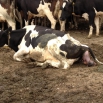Knowledgebase
Kingshay's Knowledgebase - Health - Diseases
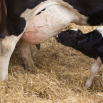
(Pronounced "yo-knees" or in some regions of the UK - John's) Johne’s disease or JD is a chronic enteritis of cattle (and sheep) caused by Mycobacterium avium subspeci...
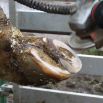
This publication is the third in the series of three Dairy Insight publications exploring lameness in dairy cows. Lameness in dairy herds remains one of the biggest hea...
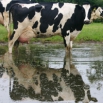
Leptospirosis (lepto) is a bacterial disease of cows which causes infertility, abortion storms, higher cell counts and lower milk yields. Control of lepto is particularl...

Listeriosis, also known as ‘circling disease or ‘silage sickness’ is caused by the main bacterium in the Listeria genus, Listeria monocytogenes (L.mono), which is n...

Liver fluke is a highly pathogenic flatworm parasite called Fasciola hepatica. Infected mud snails (Galba truncatula) shed liver fluke cysts onto pasture, where cattle gr...
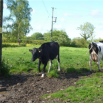
When we think of mastitis and summer, we generally think of the risk of infection of Summer Mastitis to dry cows and maiden heifers. However, this is not the only mastiti...
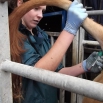
This insight explores how blood profiling can help you identify problems with the cows and the ration they are being fed - if interpreted correctly. Interpreting the re...
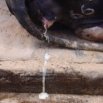
Good uterine health is critical to launch cows on a healthy, productive course after calving. Between 15 and 25% of all fresh cows and 80% of cows with retained cleanings...
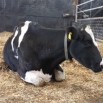
Milk fever (or hypocalcaemia) is a potentially fatal metabolic disorder where dairy cows experience calcium (Ca) deficiency. With the estimated economic cost per case bet...
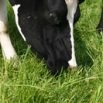
Nitrates in forage can reduce milk yields and cause fertility problems, can turn silage butyric and even cause death in stock. This Farming Note covers: How to ens...
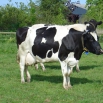
Prompt recognition and treatment of disease are essential to reduce pain in cattle and promote cow welfare. Non-Steroidal Anti-Inflammatory drugs (NSAIDs) are an importan...

